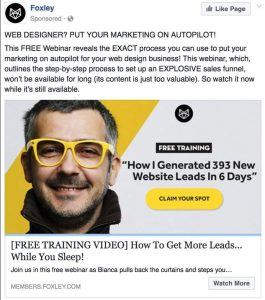by Susan Frech, January 18, 2016
During the holidays, it would have been difficult to find someone who did not engage in the sharing economy. We all have a friend or colleague who bought a gift on Etsy, stayed at an Airbnb, grabbed a ride from Uber, rented a dress for a New Year’s Eve party at Rent the Runway or hired a Task Rabbit to put together that tricky toy. With 17 companies, and counting, reaching revenues over a billion dollars, the sharing economy is a force that even the slow adopters cannot ignore.
But what is missing in the list of companies driving that billion dollars … CPG brands. From what I see today, there is no clear path for sharing a tube of toothpaste or a box of cereal with a complete stranger. Yet, I have no doubt a sharing visionary will develop an app to do just that. In the meantime, there are some significant learnings CPG marketers can take from this booming space.
1. The sharing economy is focused on people-based marketing. It’s about delivering your products, services and offers to the right customer, and at the right time.
Signal CEO Mike Sands says the sharing economy is people-based marketing that taps customers with relevant content at every touch point: smartphones, desktops, tablets, in store and more. It’s product plus the right price at the right time. Just making rooms available did not make Airbnb a $900-million company. Airbnb gave customers control, access and an economic advantage. With people-based marketing, your customer data should provide information about how they search for your brand and in which channel they buy, and what drives your customers’ interests, their lifestyle choices and therefore, their purchase decisions. Sands says “with this insight, the opportunities are endless for creating people-based marketing experiences that are more personalized and engaging.”
2. Transparency leads to trust – ratings and reviews, behind the scenes, a place to connect directly with the brand.
There is no question we all bring strangers into our home to perform work, but to sleep and stay for a week? That was a game changer. Without trust, the sharing economy would fail. Transparency makes it easier for both the customer and supplier to build trust. When CPG brands began developing a social media presence, this provided them with the transparency they needed as a foundation for building trust; no more retailer as the middleman. CPG brands no longer hide behind a toll-free call center. When a customer has a flavor they hate, a package they could not open or a lost shipment, they have a direct line to the social media team and maybe even the brand manager. CPG brands should leverage this relationship to build loyalty. CPG brands shouldn’t fear customer reviews. Brands can now use this information to “make good,” replace a product, provide an alternate flavor or just say thank you for your feedback. All product complaints and even the compliments can help CPG brands not only build loyalty but drive innovation as well.
3. Community building leads to sharing and advocacy.
The sharing economy is powered by consumers and therefore creates a network or community just by its nature. How marketers decide to engage these consumers will give companies a competitive advantage. Community building can be easy for CPG brands as many have a CRM/database or social presence giving them a foundation to launch and grow their community. Most marketers already know that CPG brands can leverage their community to share feedback, write reviews and recommendations, provide insights, drive WOM advocacy and bring new users to the brand.
My prediction for 2016 is that community engagement will be at the cornerstone of these sharing companies like Rent The Runway, Airbnb and Uber and that CPG brands can actually, if they have not already, get a head start in launching a brand advocate community.
So even if you’re a vitamin or laundry brand manager and cannot figure how to engage in the sharing economy, remember you can harness the powerful principles behind what made the sharing economy boom. The prescription is simple: provide a marketing strategy driven by people, trust and community.
MediaPost.com: Search Marketing Daily
(45)
Report Post





